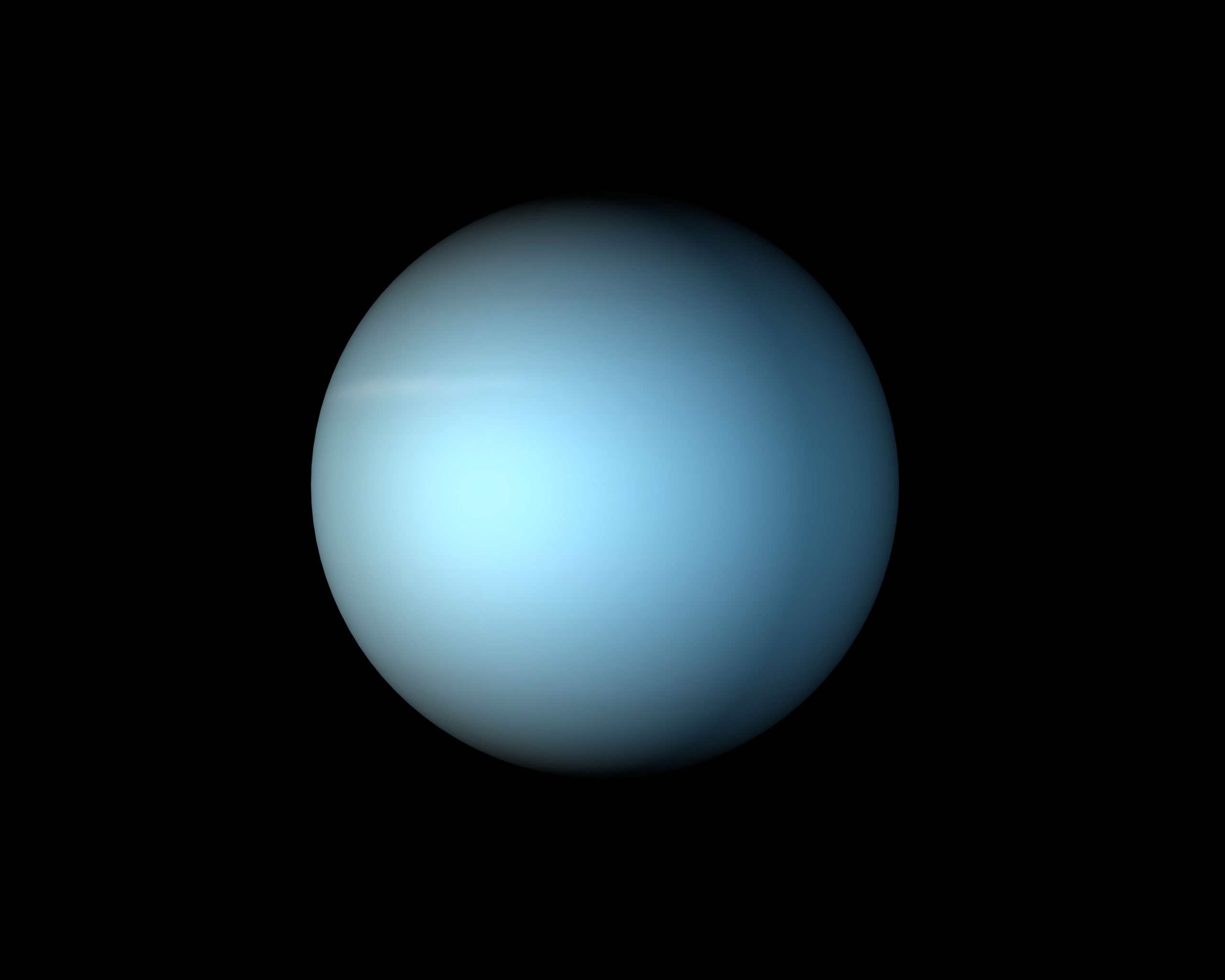
Ian Patrick, FISM News
[elfsight_social_share_buttons id=”1″]
A once-in-a-decade report from the National Academies of Sciences, Engineering and Medicine is suggesting that the National Aeronautics and Space Administration (NASA) prioritize two new “large missions,” one of which involves the Uranus Orbiter and Probe (UOP).
Released on Tuesday, the report says that the UOP in this mission “will deliver an in situ atmospheric probe and conduct a multi-year orbital tour that will transform our knowledge of ice giants in general and the Uranian system in particular.”
Uranus is one of the most intriguing bodies in the solar system. Its low internal energy, active atmospheric dynamics, and complex magnetic field all present major puzzles. . . . Uranus’s large ice-rock moons displayed surprising evidence of geological activity in limited Voyager 2 flyby data, and are potential ocean worlds.
The report says that the UOP’s objectives revolve around making discoveries concerning Uranus’ interior, atmosphere, magnetosphere, satellites, and rings. It also gives a possible UOP launch date as 2031 or 2032 if the launch uses “a Jupiter gravity assist to shorten cruise time.”
The second “large mission” suggested by the report revolves around the Enceladus moon orbiting Saturn. Because of its odd composition as an ice-rock with a subsurface ocean and active movements of gas, the report believes that studying this moon could help answer the question of whether or not there is “life beyond Earth and if not, why not?”
The report suggest sending an Orbilander to the moon and analyzing the materials in the gas plumes for two years in order to search for any evidence of life and “to obtain geochemical and geophysical context for life detection experiments.”
The report also brings up other possible missions including Martian and lunar exploration and a new “planetary defense” initiative “to protect Earth from impacts by near Earth objects.”
It is worth noting that this report is not a directive forcing NASA to do anything contained within it. However, these reports are influential. The last report from ten years ago prompted NASA to begin work on two flagship missions, those being the Mars Perseverance Rover and the Europa Clipper.
